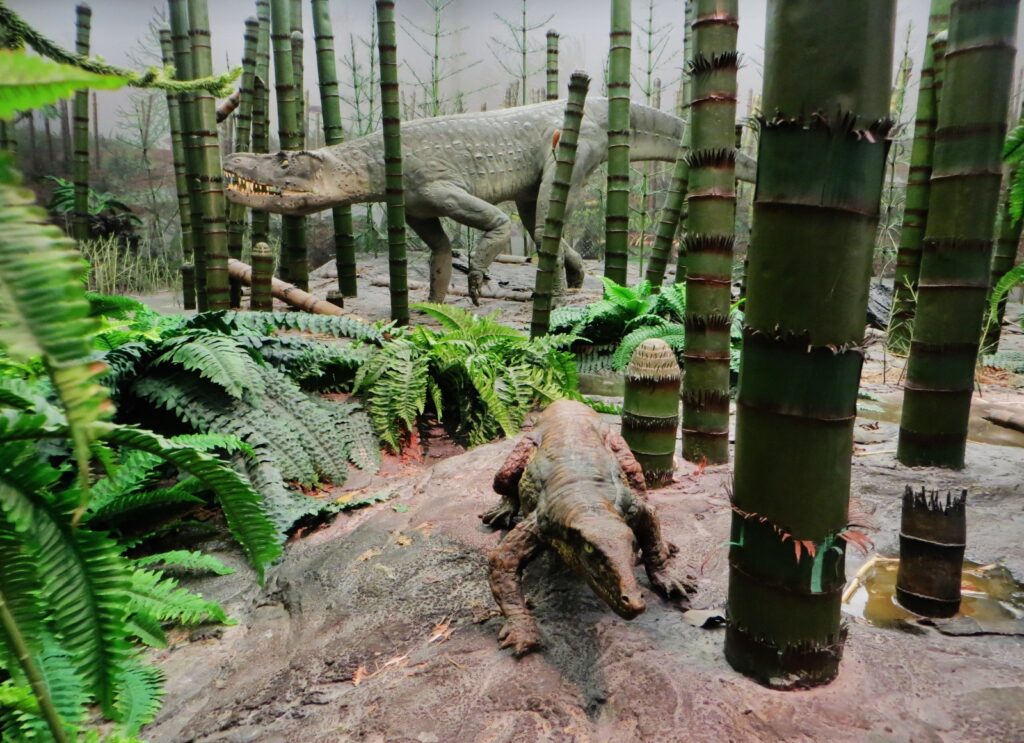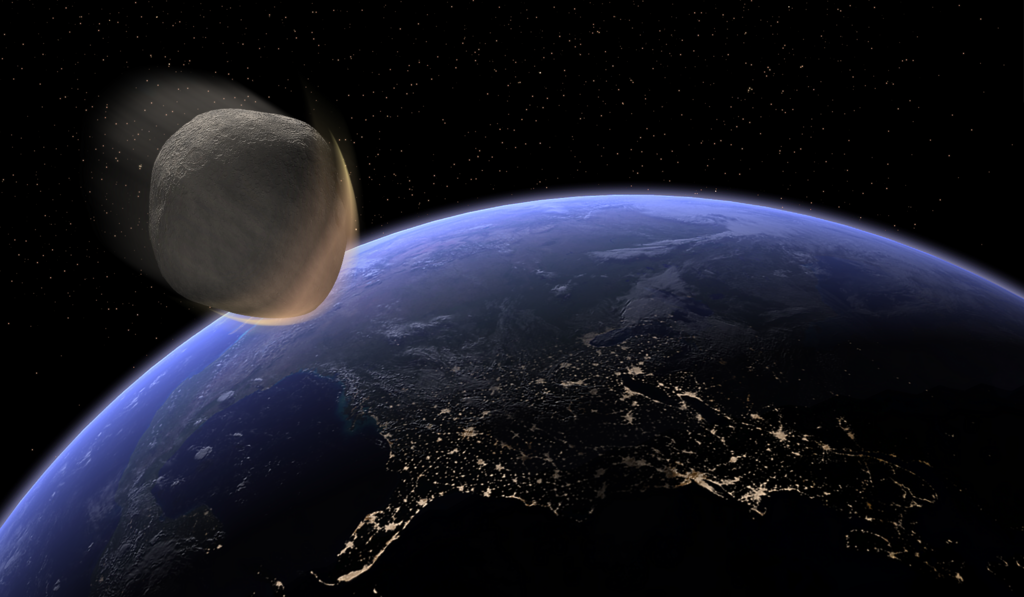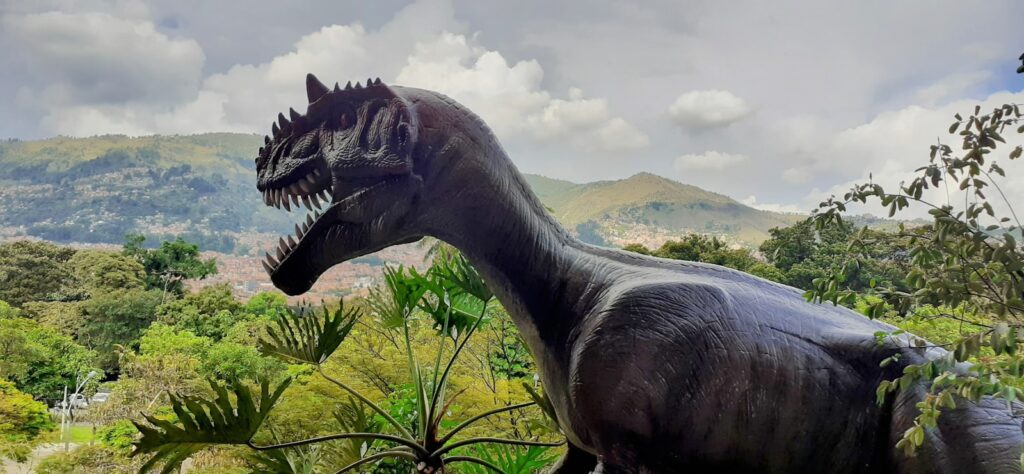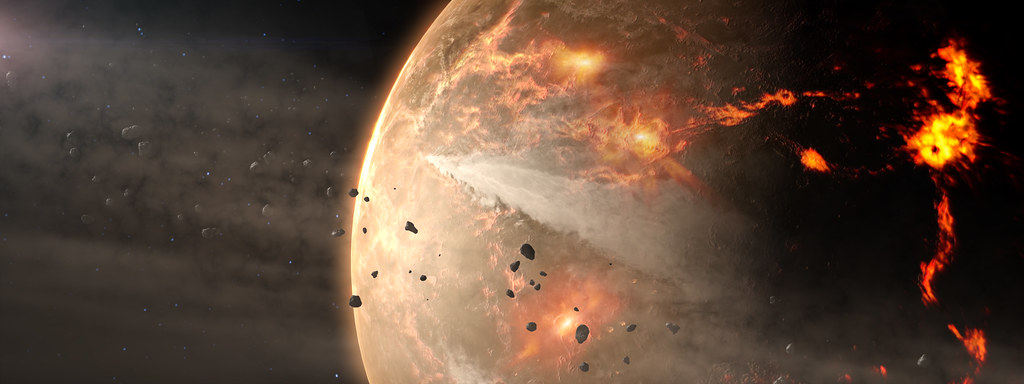When we think about extinction events, we usually picture devastation, death, and the tragic loss of countless species. However, what if these catastrophic moments actually served as springboards for life to reach new heights? The story of dinosaur evolution is filled with surprising twists where extinction events didn’t just end old chapters – they wrote entirely new ones. Each great die-off cleared the ecological stage, wiping out dominant rivals and opening niches for new life to emerge. For dinosaurs, these shake-ups were opportunities disguised as disasters. After the Permian-Triassic extinction, small early dinosaurs began to expand into roles once held by vanished reptiles. Later, the Triassic-Jurassic extinction set the scene for their rise to global dominance. Time and again, what seemed like the end became the beginning, proving that even nature’s greatest catastrophes can fuel extraordinary evolutionary leaps.
The Great Reset Button

Imagine Earth as a massive ecosystem with all the best parking spots already taken. Mass extinctions have sometimes accelerated the evolution of life on Earth. When dominance of particular ecological niches passes from one group of organisms to another, it is rarely because the newly dominant group is “superior” to the old but usually because an extinction event eliminates the old, dominant group and makes way for the new one, a process known as adaptive radiation.
By removing so many species from their ecosystems in a short period of time, mass extinctions reduce competition for resources and leave behind many vacant niches, which surviving lineages can evolve into. Think of it as nature hitting the reset button on its most successful experiment yet.
The Permian-Triassic Gift to Early Reptiles
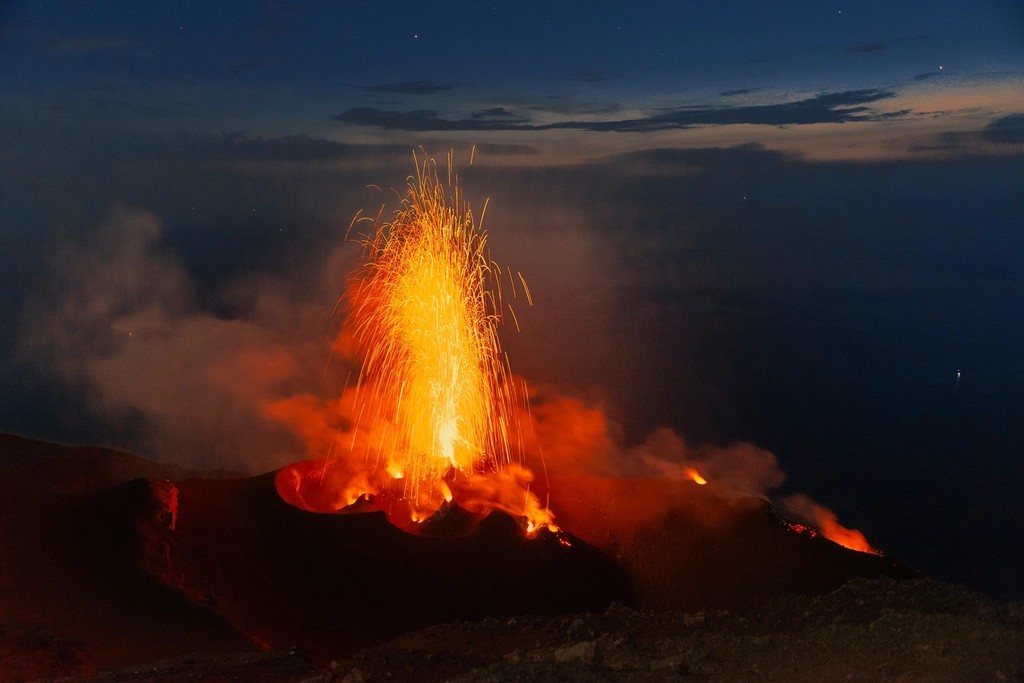
The story begins with the most devastating extinction event in Earth’s history. About 252 million years ago, intense volcanic activity spewed tons of carbon dioxide and other greenhouse gases into the atmosphere, and the heat ignited coal beds that threw even more greenhouse gases into the air. While this ended roughly ninety-five percent of all species, it inadvertently created opportunities for the ancestors of dinosaurs.
Small creatures that initially went unnoticed by paleontologists, often found in rocks that were historically overlooked, are just now coming to the forefront. Before the mass extinction, these scrappy animals had been forced to develop a series of unique evolutionary characteristics to stay alive. In the apocalyptic aftermath, these same traits would help them conquer the planet.
Superior Breathing Systems Provided the Edge
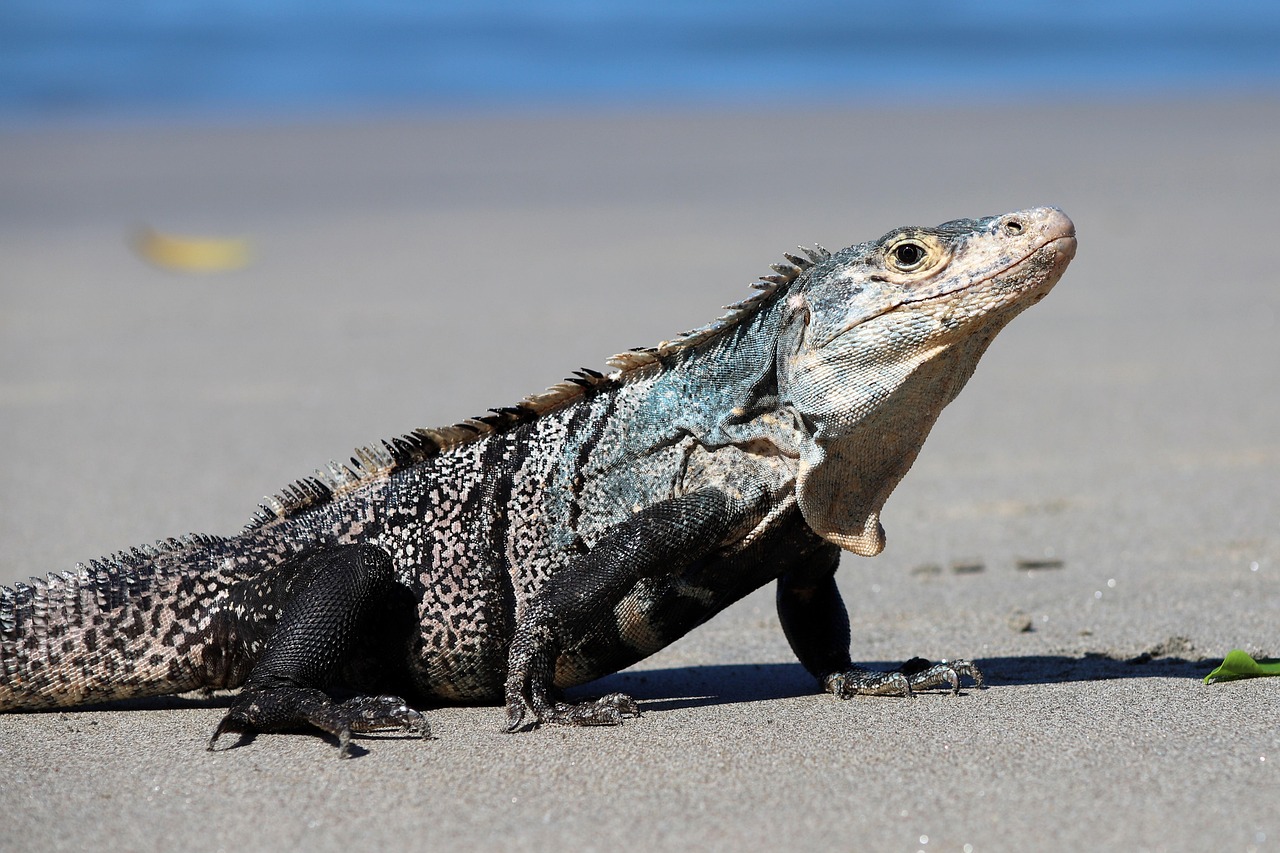
The early ancestors of dinosaurs possessed something remarkable that helped them survive when their mammalian competitors couldn’t. Reptiles, including the ancestors of dinosaurs, breathed in a different way: One part of the lung pumped, while the other part took up oxygen. This anatomical setup has allowed reptiles – including species today, from snakes to birds – to breathe more efficiently at high altitudes or in other low-oxygen conditions.
The reptiles were therefore better suited to withstand the atmospheric changes that played out for millions of years after the extinction event. Drops in oxygen levels would have put protomammals at a disadvantage while doing little to hold back the reptiles. It’s fascinating how features that seemed minor became game-changers when the environment shifted dramatically.
Empty Real Estate for Expansion
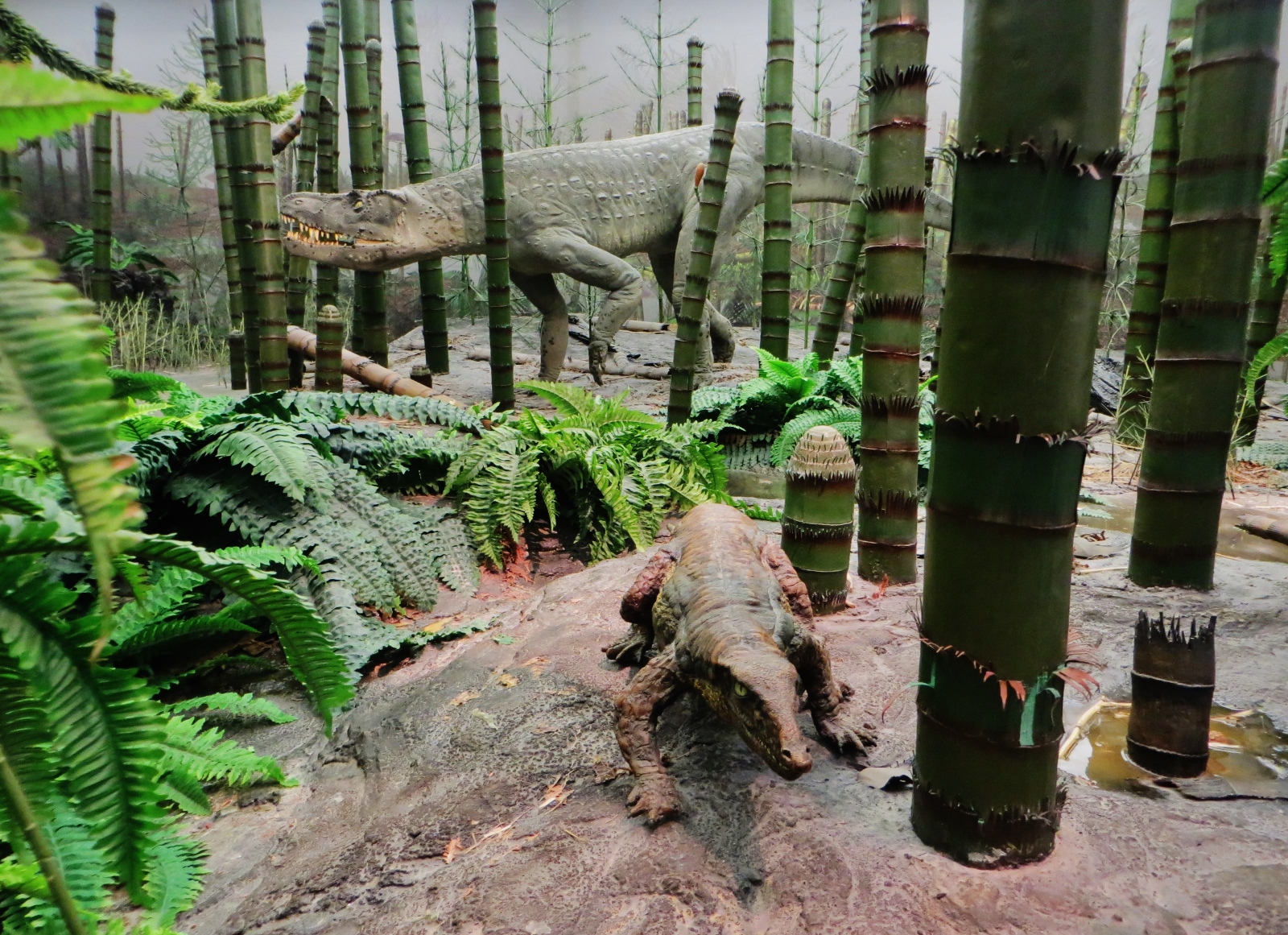
After the Great Dying cleared the biological slate, something remarkable happened. The surviving reptiles also found themselves in environments that had been cleared of most competition. From there, they proliferated into a wider variety of ecological niches, preventing the surviving protomammals from taking advantage of those habitats.
The early Triassic period became a time of unprecedented opportunity. It seems that archosaurs were better able to fill the empty niches left following the extinction of some of the synapsid lineages. Picture it like the world’s largest shopping mall suddenly having ninety percent of its stores close down overnight – the remaining businesses would have room to expand into spaces they never could have afforded before.
The Triassic Takeover Strategy
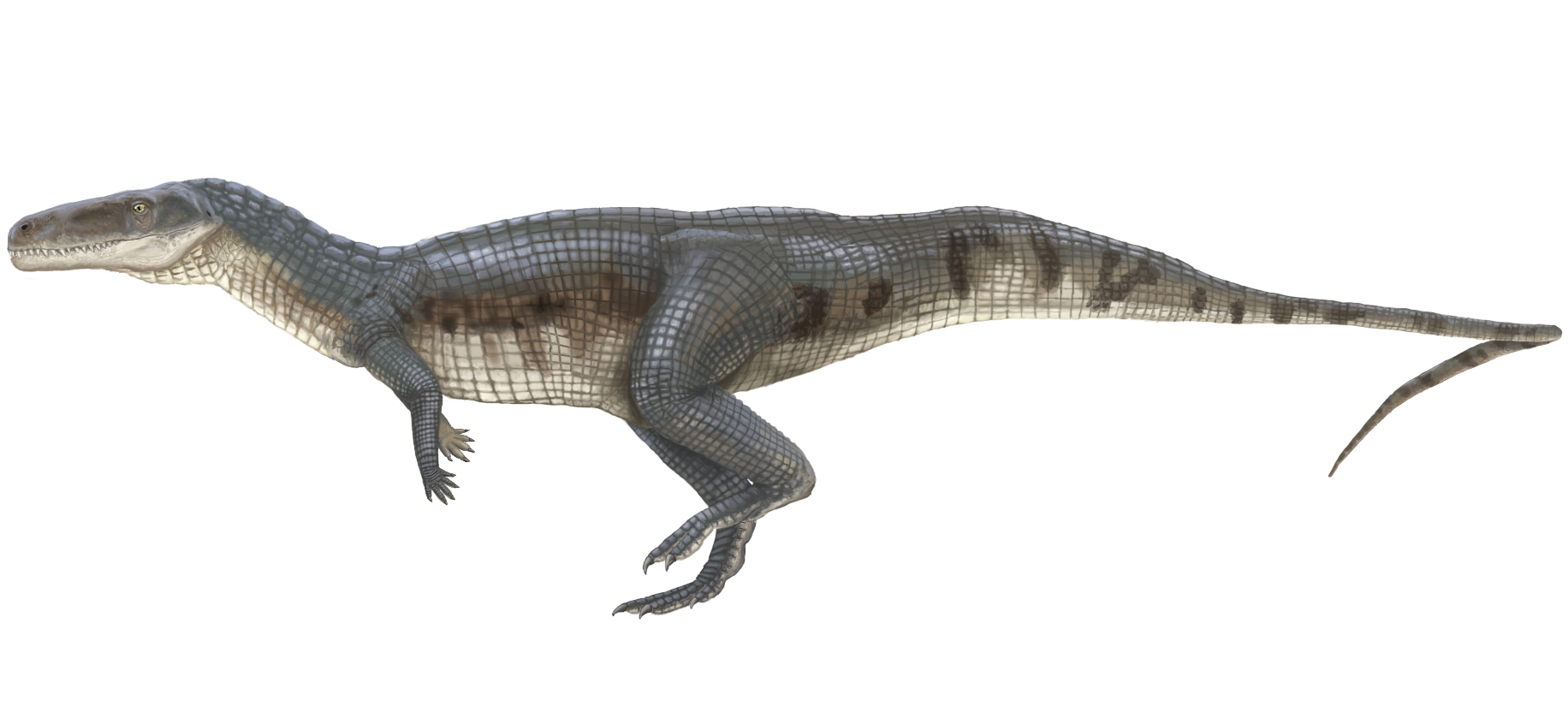
The dominance shift didn’t happen overnight. The change from a world populated by protomammals to one dominated by reptiles didn’t happen overnight. “There was no single moment during this time period where reptiles rapidly replaced the preexisting groups after the great catastrophe,” says Adam Pritchard, a paleontologist with the Virginia Museum of Natural History. Archosaurs – the “ruling reptiles” that would give rise to dinosaurs – did not become prominent until five to 10 million years into the Triassic.
In the mid to late Triassic, the dinosaurs evolved from one group of archosaurs, and went on to dominate terrestrial ecosystems during the Jurassic and Cretaceous. This “Triassic Takeover” may have contributed to the evolution of mammals by forcing the surviving therapsids and their mammaliform successors to live as small, mainly nocturnal insectivores. This competitive pressure actually drove mammalian evolution in unexpected directions.
The End-Triassic Bonus Round
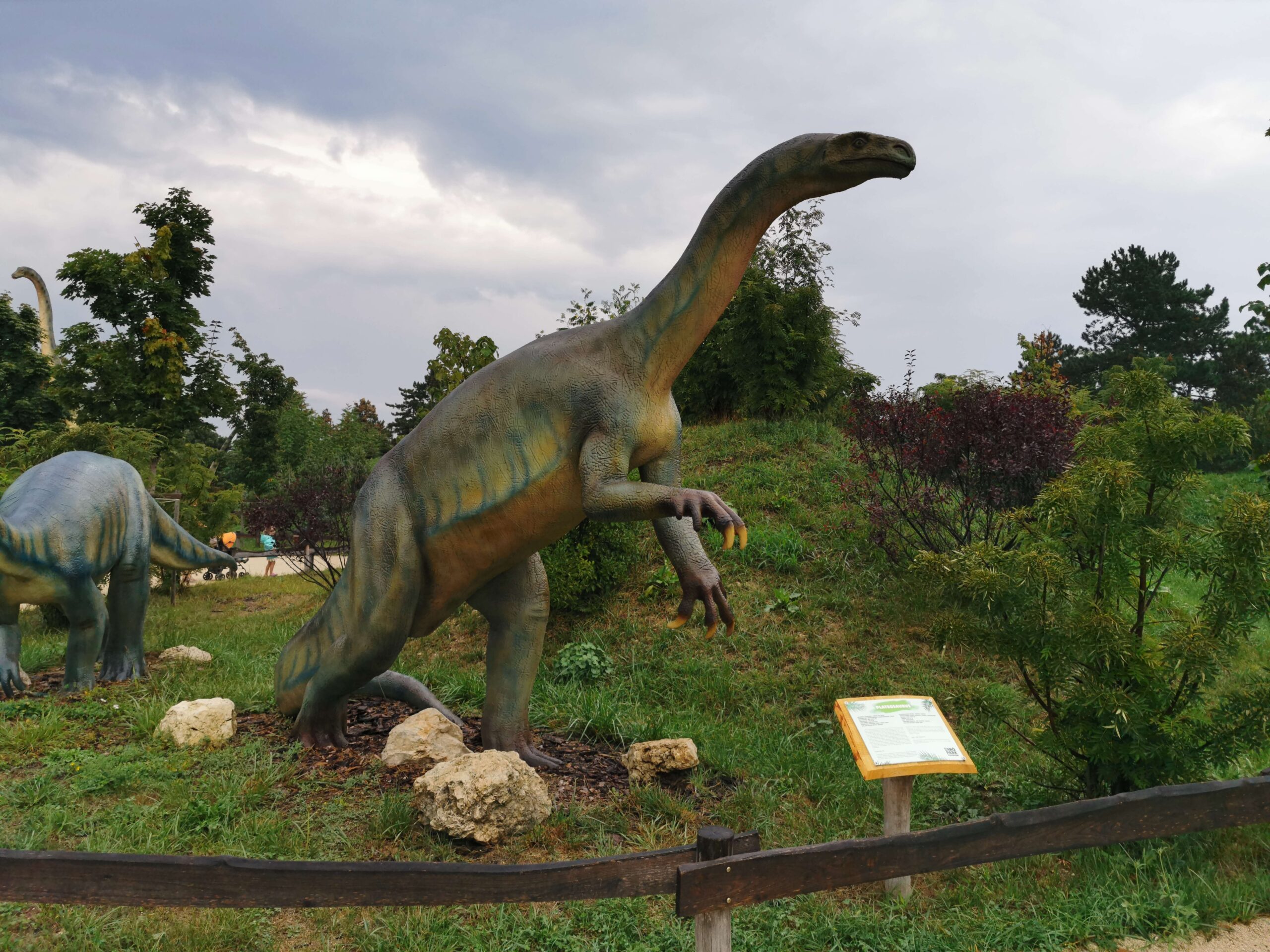
Just when dinosaurs were getting established, another extinction event provided them with an even bigger boost. The Triassic–Jurassic extinction event, often called the end-Triassic extinction, marks the boundary between the Triassic and Jurassic periods, 201.3 million years ago. It represents one of five major extinction events during the Phanerozoic, profoundly affecting life on land and in the oceans.
He recognized how dinosaurs, lepidosaurs (lizards and their relatives), and crocodyliforms (crocodilians and their relatives) filled the niches of more ancient groups of amphibians and reptiles which were extinct by the start of the Jurassic. In the TJME’s aftermath, dinosaurs experienced a major radiation, filling some of the niches vacated by the victims of the extinction.
Temperature Regulation Advantages

The end-Triassic extinction might have been particularly brutal, but dinosaurs had another ace up their sleeve. The end of the Triassic, 201 million years ago, was marked by another uptick in intense volcanic activity. The effects weren’t as devastating as those during the end-Permian extinction, but they were severe enough to create a volatile global climate. The story of this extinction is still coming to light, but it’s possible that Triassic crocodile cousins and other reptiles couldn’t cope with the global temperature spike and subsequent cooldown. Dinosaurs and pterosaurs, however, were better able to manage their body temperatures thanks to their coatings of protofeathers.
Cold periods induced by volcanic ejecta clouding the atmosphere might have favoured endothermic animals, with dinosaurs, pterosaurs, and mammals being more capable at enduring these conditions than large pseudosuchians due to insulation.
The Ultimate Mammalian Success Story
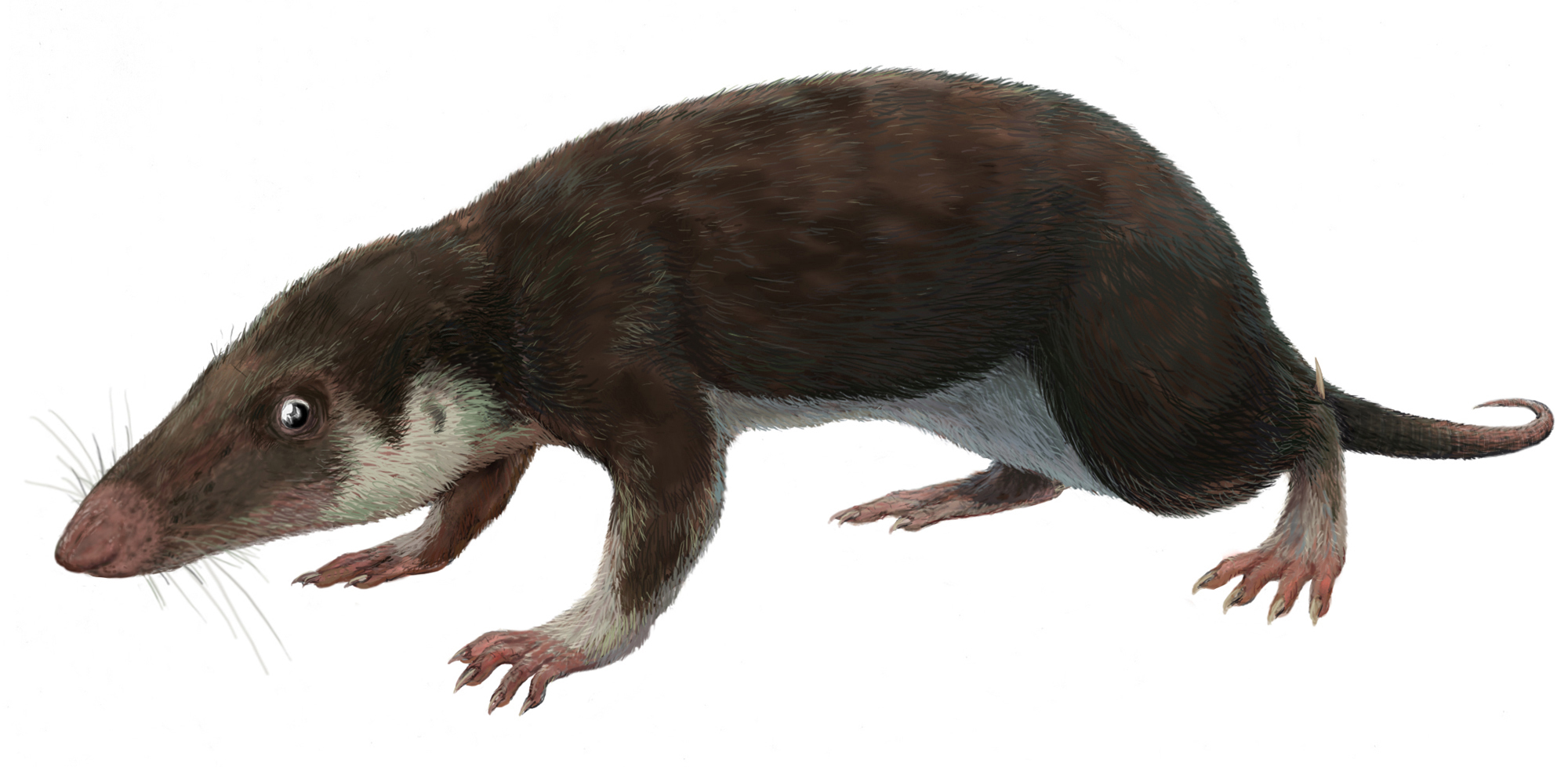
The most famous example of extinction-driven evolution success came much later. Mammals have been around for more than 200 million years – but for most of that time, they’ve remained a small group of rodent-like organisms. It was only when the non-avian dinosaurs went extinct 66 million years ago in the end-Cretaceous mass extinction, that mammals really diversified. In less than 20 million years, they evolved into the great variety of mammals we know today – forms that play many of the same roles in terrestrial ecosystems that their dinosaur predecessors had.
However, the extinction also provided evolutionary opportunities: in its wake, many groups underwent remarkable adaptive radiation – sudden and prolific divergence into new forms and species within the disrupted and emptied ecological niches. Mammals in particular diversified in the following Paleogene Period, evolving new forms such as horses, whales, bats, and primates.
The Body Size Explosion
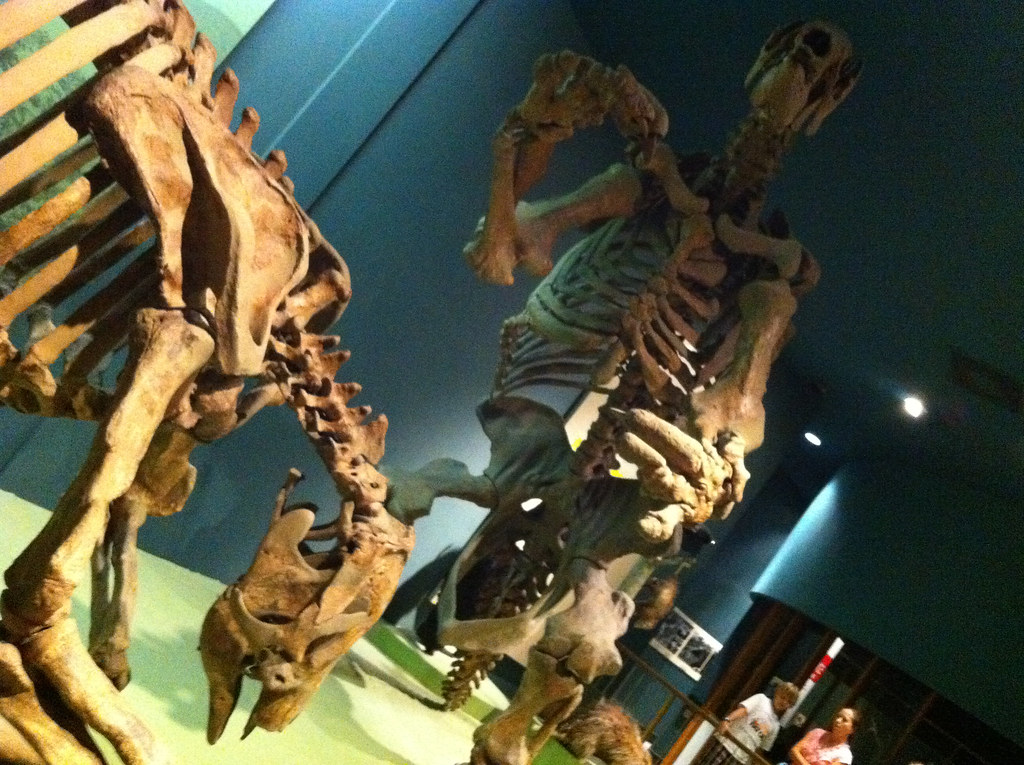
One of the most dramatic benefits of extinction events was the sudden ability for survivors to grow much larger. However, morphological diversification rates among eutherians after the extinction event were thrice those of before it. Also significant, within the mammalian genera, new species were approximately 9.1% larger after the K–Pg boundary. After about 700,000 years, some mammals had reached 50 kilos (110 pounds), a 100-fold increase over the weight of those which survived the extinction.
The removal of large dinosaur competitors didn’t just free up ecological niches – it removed the ceiling on body size evolution. Recently researchers analyzed data from the fossil record to examine the maximum size for land mammals across continents, lineages, and ecological guilds through time. Results show that maximum size leveled off after 40 million years of diversification and remained constant thereafter. The authors indicated that a multitude of niches became available and were filled by the diversification of mammals following the extinction of non-avian dinosaurs.
Adaptive Radiation Patterns

Scientists have discovered that extinction events follow predictable patterns that benefit survivors. As you’d expect, a short burst of origination events follows each mass extinction, showing up on the graph as a sharp jog upwards. This is consistent with the idea that surviving taxa rapidly diversify into niches left vacant after a mass extinction. Once the burst of origination is over, diversification rates return to a lower level until the next post-mass-extinction period.
Krug and Jablonski suspect that it has to do with which taxa are most successful in the post-mass extinction period. If the taxa that take over and fill niches in the post extinction world happen to be taxa that speciate easily, then overall diversification rates will be high until the next mass extinction shakes things up.
Conclusion: The Unexpected Silver Linings
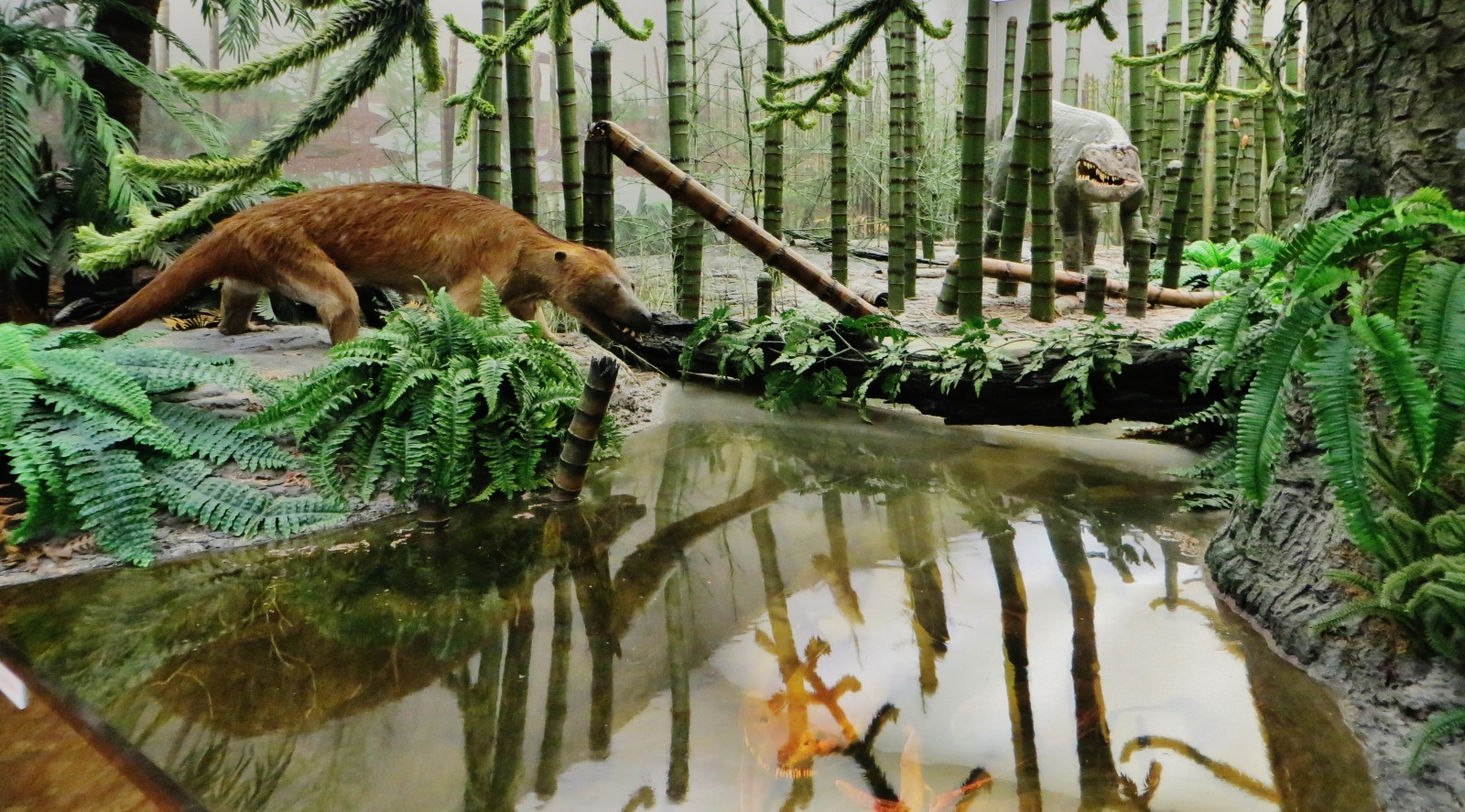
The story of dinosaur evolution reveals one of nature’s most counterintuitive truths: destruction can be the ultimate creative force. This means that mass extinctions are much more important in shaping the diversity of life on Earth than ever thought before. Not only do they spur major shifts in the make-up of our biota (and hence, provide a chance for evolutionary underdogs to diversify and come out on top), but they reset the rate at which new species arise for tens of millions of years afterwards.
Without the Permian-Triassic extinction, archosaurs might never have gained their foothold. Without the end-Triassic extinction, dinosaurs might have remained minor players sharing the stage with countless other reptilian groups. And without the K-Pg extinction, mammals might still be small, furry creatures scurrying in the shadows of giants.
Every catastrophe that seemed to spell doom actually opened doors that had been permanently locked. The next time you see a nature documentary about dinosaurs ruling the Earth for over 150 million years, remember that their reign began with the world’s worst disasters. Makes you wonder: what would have happened if those extinctions had never occurred at all?

